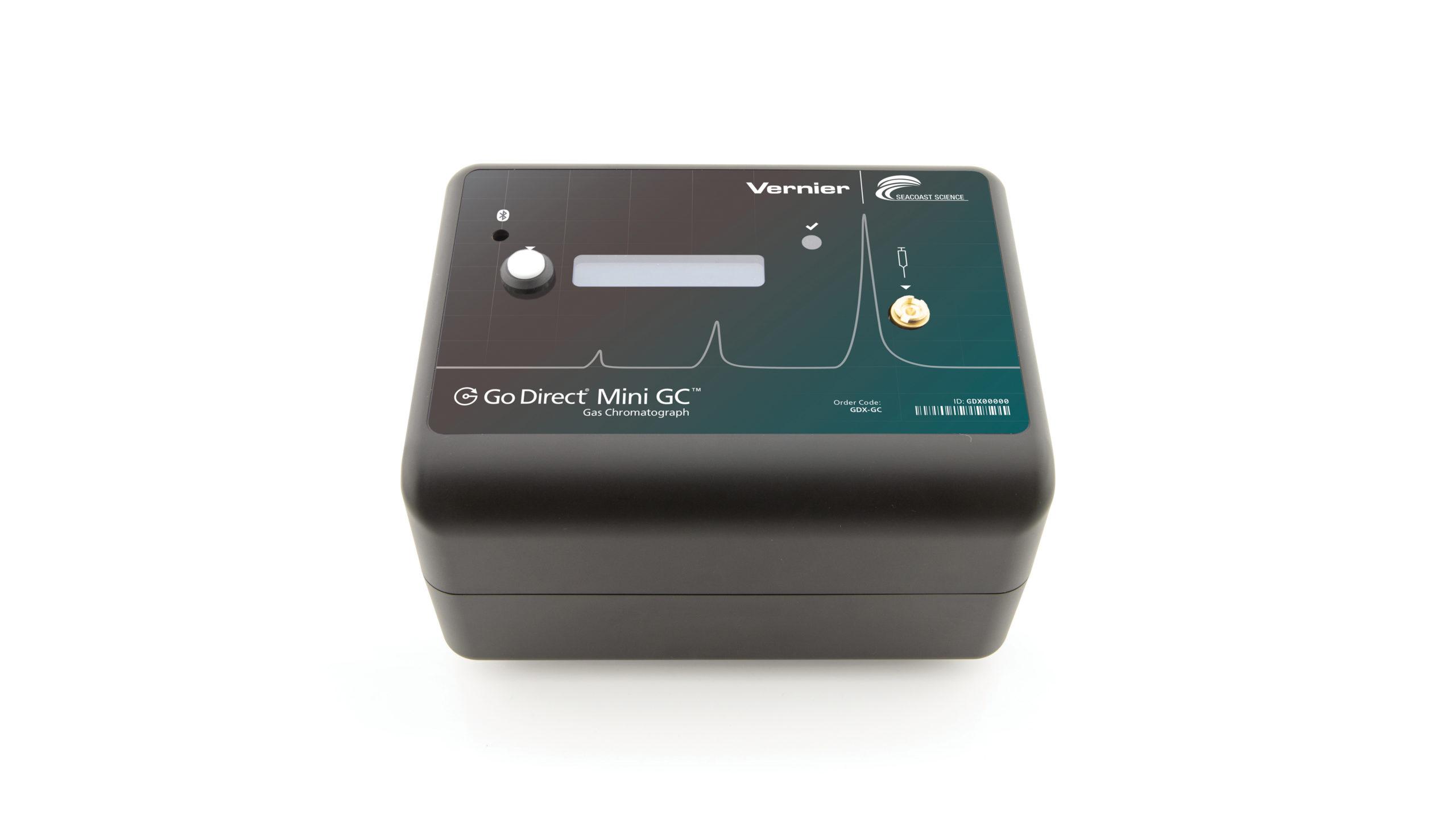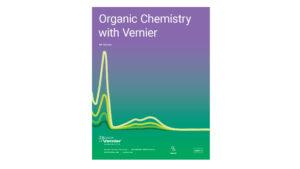Understanding Intermolecular Forces Using a Gas Chromatograph: Enthalpy of Vaporization
Experiment #10 from Organic Chemistry with Vernier
- Education Level
- College
Introduction
One well-known application of gas chromatography is its analytical capability used to obtain purely physiochemical data such as activity coefficients of solutes in various solvents, heats of solution, and enthalpies of vaporization of volatile compounds. It can also be used to demonstrate colligative properties. Here, we introduce the determination of the enthalpy of vaporization using retention times measured with a gas chromatograph (GC).
Gas chromatography is based on a solute in a mixture partitioning itself between the mobile phase and the stationary phase. With the Vernier Mini GC, the mobile phase is air and the stationary phase is a nonpolar phase capillary column. The amount of time a given chemical spends in the stationary phase relative to the amount of time it spends in the mobile phase is a very important quantity in elution chromatography; it is called the capacity factor, k′, and is given by:
where tR is the retention time of the compound; that is, the amount of time the chemical spends in the column from the point of injection to the point of detection. The time it takes for the mobile phase to pass through the column is referred to as tM; it is typically the retention time of a non-retained species. In this experiment, the non-retained compound you will be using is acetone and it functions as a very important standard to help normalize the amount of time it takes a species to run through the column, enabling calculation of k′. As part of this calculation, we are assuming that the retention time of the non-retained species (acetone) is independent of temperature.
To relate the capacity factor to the enthalpy of vaporization, the following equation is used:
where ΔHvap is the standard enthalpy (heat) of vaporization of the compound. This value is assumed to be independent of temperature. T is the temperature in Kelvin, R is the gas constant in appropriate units, and C is a constant. The equation is written in the slope-intercept form where the value of ΔHvap is determined by plotting ln(k′/T) vs. 1/T.
Objectives
In this experiment, you will
- Collect and analyze GC data from various samples.
- Calculate the enthalpy of vaporization of various compounds from GC temperature dependent data.
- Identify an unknown sample based on its enthalpy of vaporization using values calculated from known standards.
Sensors and Equipment
This experiment features the following sensors and equipment. Additional equipment may be required.
Ready to Experiment?
Ask an Expert
Get answers to your questions about how to teach this experiment with our support team.
- Call toll-free: 888-837-6437
- Chat with Us
- Email support@vernier.com
Purchase the Lab Book
This experiment is #10 of Organic Chemistry with Vernier. The experiment in the book includes student instructions as well as instructor information for set up, helpful hints, and sample graphs and data.


